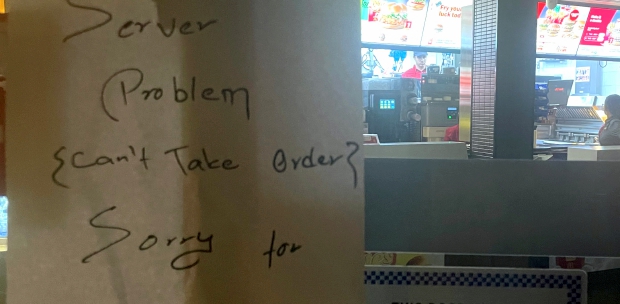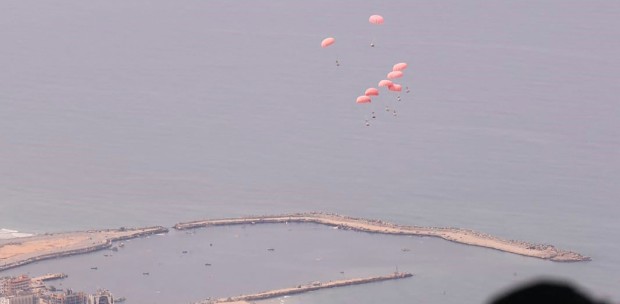KUALA LUMPUR: The final moments captured on video of the Beechcraft Premier 1 (registration number N28JV) that crashed in Elmina yesterday suggest a number of possible scenarios that could have led to the tragedy.
They include a catastrophic loss of flight controls, an engine flameout, overloading, or a mechanical malfunction.
Associate professor Major Dr Mohd Harridon Mohamed Suffian, head of the aviation search and rescue department at Universiti Kuala Lumpur's Malaysian Institute of Aviation Technology, said engine loss would cause the aircraft to lose thrust, which would lead to a drop in forward momentum and lift.
With one engine flamed out and the other still running, the aircraft, he explained, would experience what is called an 'asymmetric thrust' output, in which the functioning engine would cause a 'yawing moment', resulting in the aircraft to deviate from the designated axis, leading to the downward, banking turn.
Mohd Harridon said engine flame-outs could happen due to fuel starvation, bird strike, or FOD (foreign object damage) ingestion.
Yesterday, the Civil Aviation Authority of Malaysia (CAAM) confirmed that a Beechcraft Model 390 (Premier 1) aircraft, with the registration number N28JV, had crashed on the Guthrie Highway near Bandar Elmina in Shah Alam, Selangor.
Ten individuals perished in the tragedy, including a motorcyclist and a car driver, who died when the aircraft impacted the ground.
Transport Minister Anthony Loke said the flight, which had received clearance for landing, had veered to the right and deviated from its flight path. No Mayday call was recorded.
He said another probable reason was that the aircraft could have been overloaded.
"Every aircraft has its payload limits and centre of gravity, which is determined by the aircraft manufacturer.
"It is imperative, therefore, to load cargo into the aircraft within the stipulated operational limits, as specified in the aircraft's operating manual.
"Exceeding these limits or placing the cargo without calculating the aircraft's centre of gravity could be catastrophic," he said.
Mohd Harridon said that another possibility was that the flight control surfaces could have "frozen" at a critical moment, preventing the pilots' control inputs from being translated into the appropriate actions.
"If the controls had 'frozen', the elevators and other flying surfaces, such as the ailerons, cannot be dynamically moved by the pilots, and the airplane will be uncontrollable."
Elevators are the flight control surfaces located at the rear, which control the aircraft's pitch, and therefore, the angle of attack, and lift of the wings. Ailerons are the hinged flight control surfaces that control the aircraft's roll movement.
"Control system failures could have been a factor in this accident. This can be confirmed through the extraction and analysis of the data from the black box," he said.
He added it was imperative that evidence from numerous sources, such as the cockpit voice recorder, the flight data recorder, maintenance logs, eyewitness accounts, video feeds, and others, be thoroughly analysed and corroborated.
On the absence of a Mayday call, Mohd Harridon said the pilots could have been preoccupied with trying to regain control of, and navigate the airplane, leaving them with no time to communicate with air traffic control.
"During emergency situations, pilots fall back on their training, which is Aviate, Navigate, and Communicate.
"In an emergency, pilots would focus on flying the airplane and 'working the problem' first. The second would be to figure out alternates or divert fields where it's safe to land (navigate). Lastly, it would be to communicate with air traffic control to keep them appraised of the situation.
"The pilots probably didn't have time to send out a Mayday call in trying to deal with the emergency," he said.
Meanwhile, former Royal Malaysian Air Force officer and accident investigator, Capt (Rtd) Abdul Rahmat Omar Tun Mohd Haniff also believed that the aircraft had suffered a catastrophic loss of flight controls, which he asserted could be due to mechanical failure, or human error.





